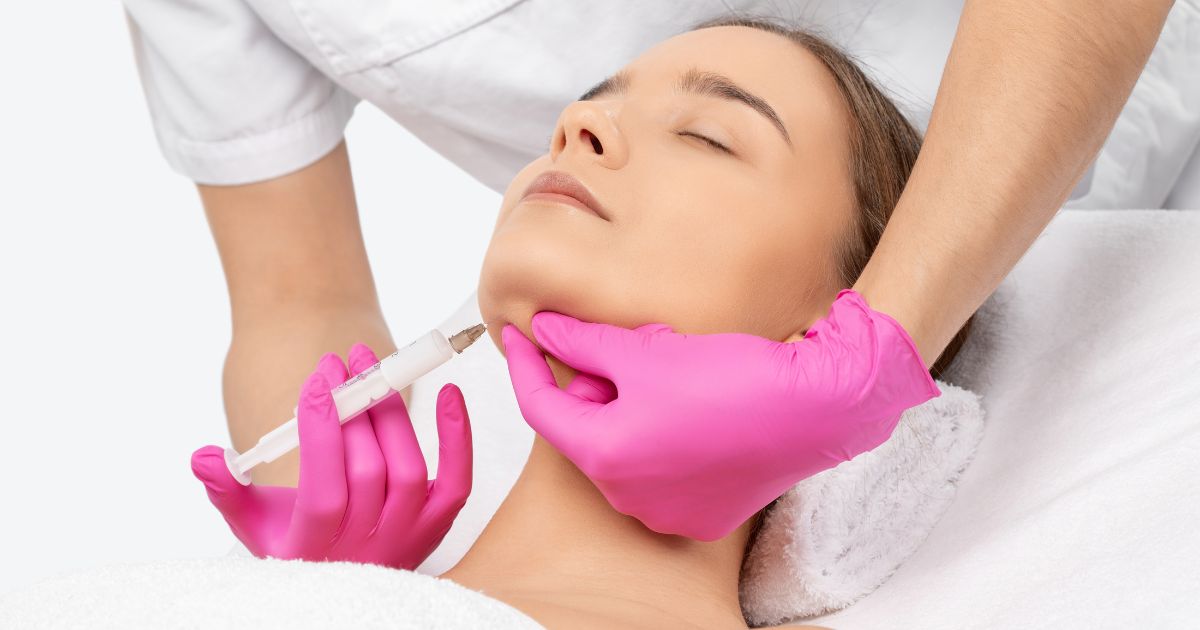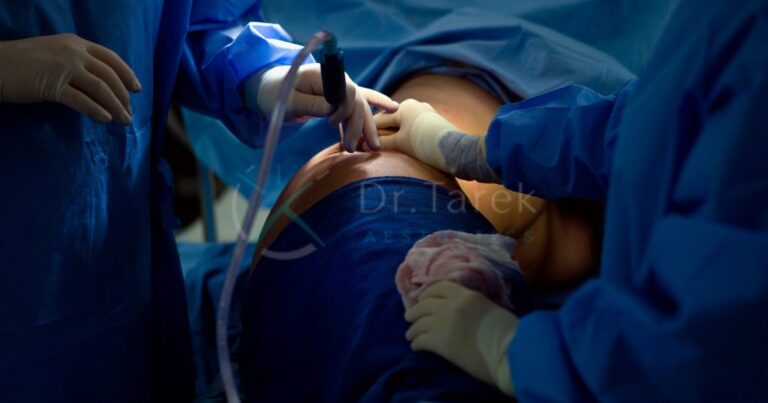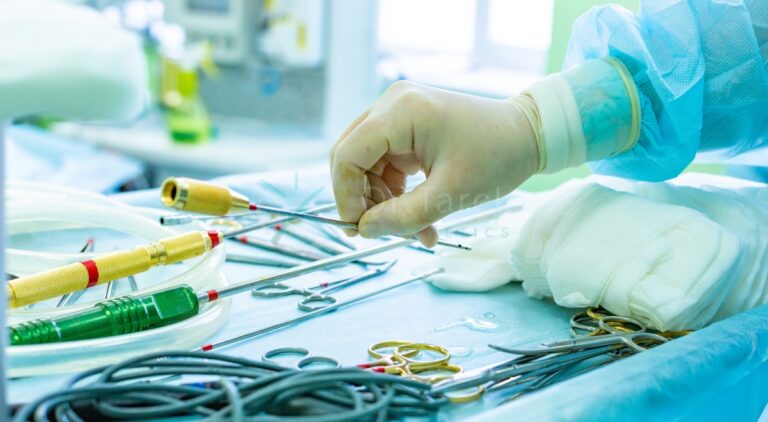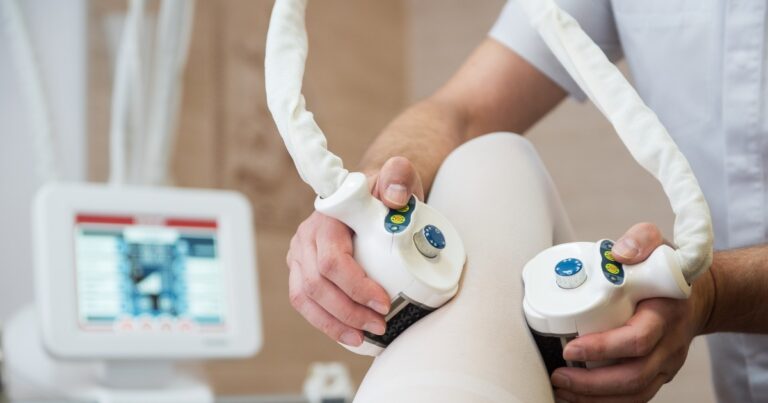Individuals can develop lipomas anywhere, including their face and neck. They act as no threat to people but might make people feel uneasy and lower their confidence when they are around.
In this article, we’ll discuss liposuction for Lipomas on the face and Neck and emphasise the importance of selecting an experienced surgeon.
What are Lipomas?
Lipomas are soft, fatty lumps that form under the skin. They are generally benign (non-cancerous) and grow slowly over time.
Causes of lipomas
There is no specific cause for lipomas, but they are believed to be genetically influenced.
Book A Consultation With Dr Tarek Bayazid
Top-rated Plastic Surgeon For Liposuction in Dubai
Installment Plan Available
Common locations for lipomas
Lipomas are most common on the back, shoulders, arms, face, neck, and thighs, though they can appear anywhere.
Lipomas on the Face and Neck
Lipomas on the face and neck can be particularly distressing, as they can impact a person’s appearance and may cause emotional distress or self-consciousness.
Symptoms
Lipomas on the face and neck may present as soft, doughy lumps under the skin, which may cause discomfort, pain, or visible deformity.
Liposuction as a Treatment Option
Liposuction is an effective treatment for removing lipomas, particularly when they are located in delicate areas like the face and neck. The procedure involves making a small incision and using a thin, hollow tube called a cannula to suction out the lipoma. This approach allows minimal scarring and a quicker recovery than traditional surgical excision.
The Importance of Choosing an Experienced Surgeon
When treating lipomas on the face and neck, selecting an experienced surgeon is crucial. These delicate areas contain a complex network of nerves and blood vessels. A skilled surgeon will:
Minimise the risk of complications
An experienced surgeon is familiar with the morphology of the face and neck and can expertly navigate these areas to minimise the risk of nerve injury or excessive bleeding.
Achieve optimal aesthetic results
A knowledgeable surgeon will strategically place incisions and carefully remove lipomas to preserve facial contours and minimise scarring.
Ensure patient comfort and safety
A seasoned surgeon will prioritise patient comfort and safety by using appropriate anaesthesia and closely monitoring the patient throughout the procedure.
Preparing for Liposuction
To prepare for liposuction, your surgeon may advise you to:
Recovery and Aftercare
To ensure a smooth recovery after undergoing liposuction for lipomas on the face and neck, it is crucial to follow your surgeon’s aftercare instructions. These instructions may include:
Wearing a compression garment
Your surgeon may recommend wearing a compression garment to minimise swelling and support the treated area.
Taking prescribed medications
Follow your surgeon’s instructions regarding medications to manage pain and reduce the risk of infection.
Resting
Resting is important for healing after liposuction for lipomas on the face and neck. It’s recommended to sleep with your head raised to reduce swelling.
Avoiding strenuous activities
Refrain from vigorous exercise or heavy lifting for at least two weeks after the procedure or as your surgeon advises.
Attending follow-up appointments
Attend all scheduled follow-up appointments so your surgeon can monitor your progress and address any concerns.
Liposuction of lipomas on the face and neck can have a long recovery period depending on the individual’s size, location, and healing process. Most patients can return to work and their regular routines one to two weeks after the treatment.
Potential Complications
It is essential to know the potential risks associated with liposuction for lipomas on the face and neck, even though the treatment is typically considered safe.
Understanding these risks can help patients make informed decisions and take necessary precautions.
Liposuction is an effective treatment option for lipomas on the face and neck. However, selecting a seasoned surgeon is essential for the best outcomes and the least amount of trouble It will go more smoothly and improve aesthetically if you follow your surgeon’s pre- and post-op instructions.
Are you prepared to make the initial move towards your goal body? Request a quote from Dr. Tarek Bayazid today and embark on your journey to a more confident and happier you.
Frequently Asked Questions
When will liposuction results be visible?
Liposuction usually has a short recovery time (swelling decreases in a few weeks), but the ultimate effects may only be seen several months later. This timeline can vary depending on the individual’s healing process and the extent of the procedure.
Is liposuction for lipomas on the face and neck safe?
When performed by an experienced and skilled surgeon, liposuction for lipomas on the face and neck is safe. However, your surgeon will discuss the risks and complications with you in detail during your consultation.
Can lipomas recur after liposuction?
While lipomas can recur after liposuction, the risk is relatively low when an experienced surgeon performs the procedure. Liposuction may usually eliminate the entire lipoma, reducing the risk of recurrence.
If I have other medical conditions, can I undergo liposuction for lipomas on the face and neck?
During the consultation, your surgeon will assess your overall health to determine if liposuction suits you. Your surgeon needs to know everything about your health, as some conditions can increase the likelihood of complications.
How much does liposuction for facial and neck lipomas cost in UAE?
The cost of liposuction in UAE for lipomas of the face and neck can depend on various factors, including the skill and experience of the liposuction surgeon, the patient’s location, the lipomas’ size and number, and the liposuction method chosen.








